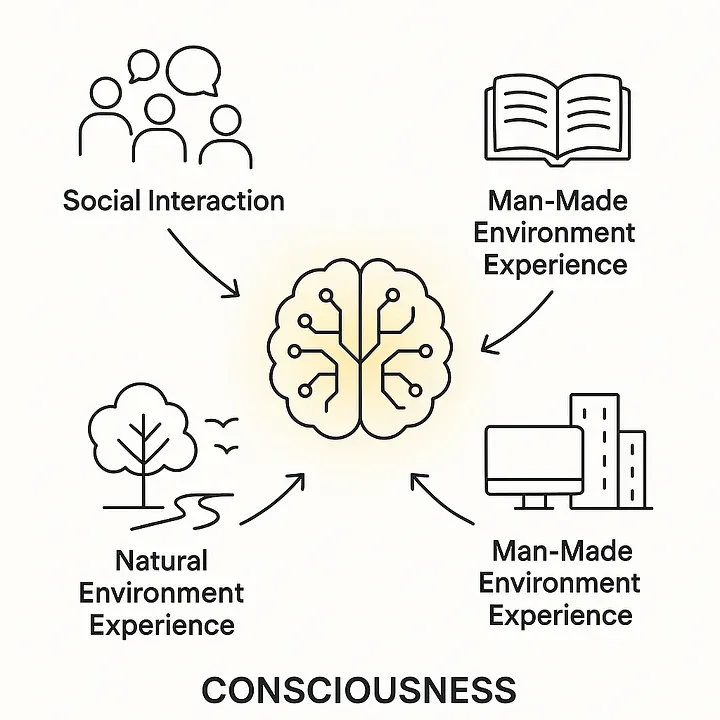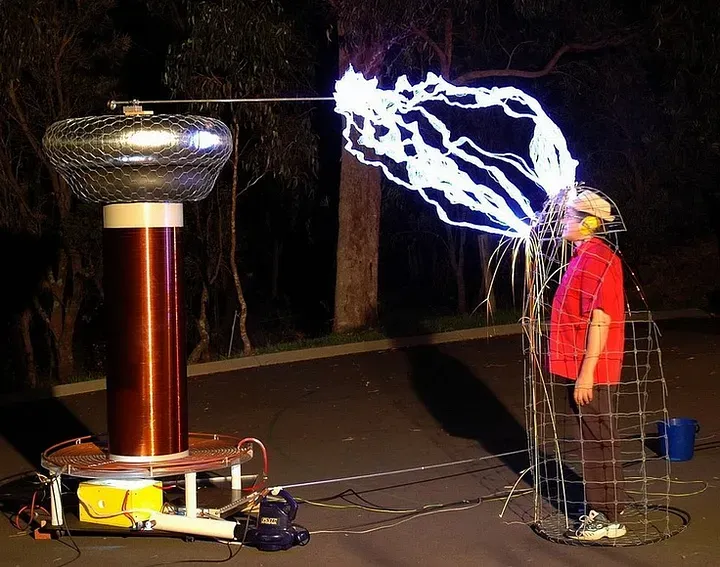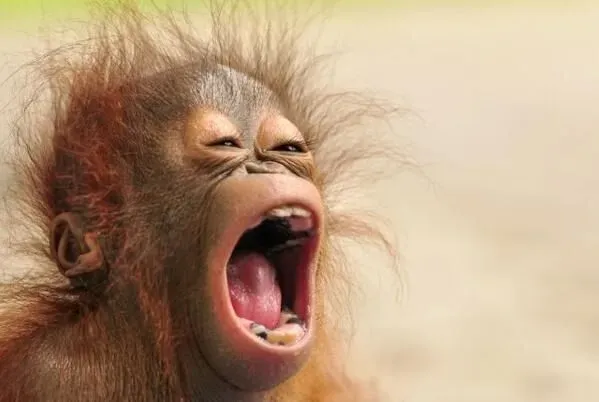Brain in an Iron Cell: The Induction of Consciousness

🎧 Listen to the key ideas in podcast format
The Integrated Information Theory (IIT) of consciousness, proposed by Giulio Tononi in 2004, is currently the most formalized theory of consciousness. What is it actually about?
The brain system generates consciousness as soon as it achieves an appropriate "accumulation" of information, as well as the ability to generate this information and integrate it into something unified. Something that can work synergistically and create more than the sum of its components. According to Tononi, the degree of information integration (which is effectively the DEGREE OF CONSCIOUSNESS OF THE ORGANISM) can even be measured; he introduces the Φ (phi) indicator for this purpose.
At this stage, we're already beginning to flirt with panpsychism, as Φ would presumably exist in any organism. The Integrated Information Theory (IIT) posits a state where Φ=0 (complete absence of consciousness), but panpsychism goes further and asserts that consciousness is fundamentally present everywhere. In living organisms, the material structure simply becomes highly complex, allowing higher forms of consciousness to develop from the initial components.
But does the presence of common elements always indicate similarity? In other words, is everything a banana smoothie just because it contains carbon and hydrogen—the atomic foundation of a banana smoothie? Are carbon and hydrogen a kind of proto-banana smoothie? Surely not?
Cooking Together
So, the ingredients we need for the emergence of consciousness:
A sufficiently complex brain (in other words, a computational device) that can memorize, learn, and develop + a sufficient amount of information
"Sufficient" is a rather flexible concept. Let's simplify our task and forget about biology for a while. In this context, let's consider only humans - obviously, for human-level consciousness, we need a brain with human-level complexity.
With information, things get more interesting. Where does it come from in the brain? In AI learning resources, it can be uploaded, but the brain owner needs life experience that fills and activates already existing complex neural structures. According to Tononi's theory, it is precisely this activation and integration of information that generates consciousness.
To generalize, we can identify three components of life experience that are important for an individual:
- Lack of isolation from similar beings - which entails social contacts, language, and various complex interactions.
- Gaining experience through exploration of the natural (non-man-made) environment.
- Gaining experience through things and concepts created by similar beings.
Through these "channels," information is supplied to the individual's brain and, according to IIT, allows consciousness to form. The presence of all three aspects of experience creates an ordinary conscious progressive person of the 21st century.
Why don't we play with these three concepts, removing one or another and periodically checking what's happening with our individual?

Mowgli and Hikikomori
Let's consider an individual who from birth has opportunities to gain experience only through the non-man-made environment, but has no contact with similar beings. We get a loner who has lived in the forest since birth, far from all these internets. Perhaps he interacts with animals that helped him survive. History knows many such real cases (Kamala and Amala from India, John Ssebunya from Uganda, Oksana Malaya from Ukraine, Ivan Mishukov from russia, etc.), and the most famous fictional one is Mowgli, a boy raised by wolves, a bear, and a panther. In Kipling's novel, he doesn't behave like an animal, but the real stories of such children are unfortunately much darker.
Another case is when an individual, while in almost complete isolation, has access to both man-made and natural environments.
This would be like a loner living in a city, using the benefits of progress. Unfortunately, this phenomenon is much less exotic than children raised by wolves in the forest, so there are few writings and films about such people. Some cultures have special terms - hikikomori, shut-ins, les reclus, etc. The psychological state, as well as the consciousness of such people, is under constant pressure. If we take absolutely extreme cases - children isolated from the world and contact with others from birth - we get an individual similar to an urban Mowgli, whose consciousness most likely will not develop.

The Pack
Here we remove the third ingredient while keeping the first two - there is socialization and exploration of the natural environment, but without studying things and concepts from similar beings. This is fairly easy to imagine - a social structure where culture as such is absent, with no possibility of its emergence. What we get is an individual living in a group of similar beings and obtaining resources for life from nature. He can develop if he faces natural limitations, but if not - why would he need to? We have not even a tribe - but a pack of individuals with the most primitive language and a corresponding level of consciousness.
You can notice that 2 out of 3 aspects needed for the emergence of consciousness in the brain involve the participation of other intelligent members of one's species. The second component can hardly be removed separately from the others. But we can imagine what would happen if we removed all three.
Brain in an Iron Cell
Let's imagine a developed individual without any experience. Whatsoever. What would this look like?
An individual who from birth has no social contacts, cannot explore either the natural or man-made world - completely lacking any sensory experience and any opportunity to acquire such experience.
His brain, though a priori possessing all the necessary structures, does not accumulate, and therefore does not integrate any information - accordingly, the emergence of consciousness is impossible for him. We have literally placed the brain in a metal cell, closing it off from acquiring any sensory experience, receiving any information, and thus screening the emergence of even the rudiments of consciousness (or consciousness with a low Φ according to II theory).
Induction of Consciousness
I didn't use the word "screened" by accident. In the article "Fluctuation of Consciousness," I describe in detail consciousness as a possible part of an energy field, analogous in characteristics to a quantum field. For now, let's move away from this concept (quite exotic, it must be said) and consider the field of consciousnesses as a metaphor - a social construct where people create a metaphorical field with their own consciousnesses. Since 2 out of 3 aspects of the emergence of consciousness in the brain require the presence of similar beings in an individual's life, we can say that the emergence and development of consciousness occurs largely due to being surrounded by similar beings and their activities.
People around other people contribute to the creation of specific experiences, the spread of ideas and beliefs, as well as the creation of concepts that are a kind of extension of their mental and conscious activity. Simply put, the people around create and shape an individual's consciousness, inducing it in the brain similar to how current is induced in a conductor moving in a magnetic field.
When we place the brain in an iron cell - we screen the field of consciousnesses, closing the brain from its influence - meaning induction is no longer possible. This screening effect operates similarly to a Faraday cage in electromagnetism, where an enclosure of conductive material blocks electromagnetic fields from entering or exiting. Just as a Faraday cage prevents electromagnetic waves from reaching electronic devices inside it, our metaphorical iron cage prevents the "signals" of consciousness from other minds from reaching and inducing similar patterns in the isolated brain.

What About Evidence?
Smart guys in research centers and universities have some findings that would be interesting to us in the context of consciousness induction. The induction of consciousness itself can be viewed as a metaphor for social influence... Or is it not just a metaphor?
Giacomo Rizzolatti and his team in the 90s discovered an interesting effect of neurons in the primate brain - the same neurons activate in the structure when a monkey does something, and when the monkey sees someone else doing something. This allows primates, both primitive and highly developed, to learn, understand each other "without words," and be empathetic. And also to yawn. Yes, "contagious yawning" (when we see someone yawn and involuntarily yawn ourselves) is also mirror neurons at work. Roughly speaking, neural activity in one individual's brain induces the same neural activity in another individual's brain.

Let's take a more subtle example that includes social interaction. Theory of Mind, described in 1978 by David Premack and Guy Woodruff: around ages 4-5, children learn to understand that other people have their own thoughts and their own understanding of reality - this allows them to better understand and predict others. This would be fine, except children without social interaction or with autism spectrum disorders almost completely lack this skill. They cannot perceive others' mental states or model others' thoughts, so those states don't influence them.
I sincerely hope that the "brain in a cell" experiment will forever remain just a thought experiment. However, we can try (temporarily and in a controlled manner) to close off sensory perception for already adult people, as Donald Hebb from McGill University did in the 1950s. Essentially creating an iron cell for an already adult, formed brain. What Mr. Hebb discovered: if you take away a person's sight, tactile sensations, hearing, smell, then... surprise, nothing good comes of it. After a few days, people begin to hallucinate, their thinking becomes disturbed, they have problems concentrating, and their personality changes. The "iron cell" around the brain literally destroys consciousness that has already formed.

Banana Smoothie - To Your Health!
So we've quite thoroughly derived the recipe for the emergence of consciousness in the brain through the induction of consciousness via the socio-cultural field created by those around us. This strongly resembles the induction of current in a conductor placed in a magnetic field - or even the induction of alternating current in an electromagnetic field - essentially the function of an antenna. Similar patterns of sociocultural "signals" create the same patterns of signals in the brains of people who receive them. And this also resonates well with my thoughts about the field of consciousness in the article "Fluctuation of Consciousness." Nature is perplexing and tremendously loves fractals. Whether to perceive the induction of consciousness as a social phenomenon and consequence of social interaction, or as processes in a real physical field at the level of energy surges, is a question that still needs to be answered.
The metaphor of our brain as an antenna receiving and processing signals from the social-consciousness field around us is compelling. Just as an iron cage would block electromagnetic signals from reaching an antenna, isolation blocks the socio-cultural signals needed for consciousness to fully develop or maintain itself.
Whether we're talking about banana smoothies, consciousness, or electromagnetic fields - the underlying patterns of how components interact to create something greater than their sum appears remarkably consistent across different domains of reality.